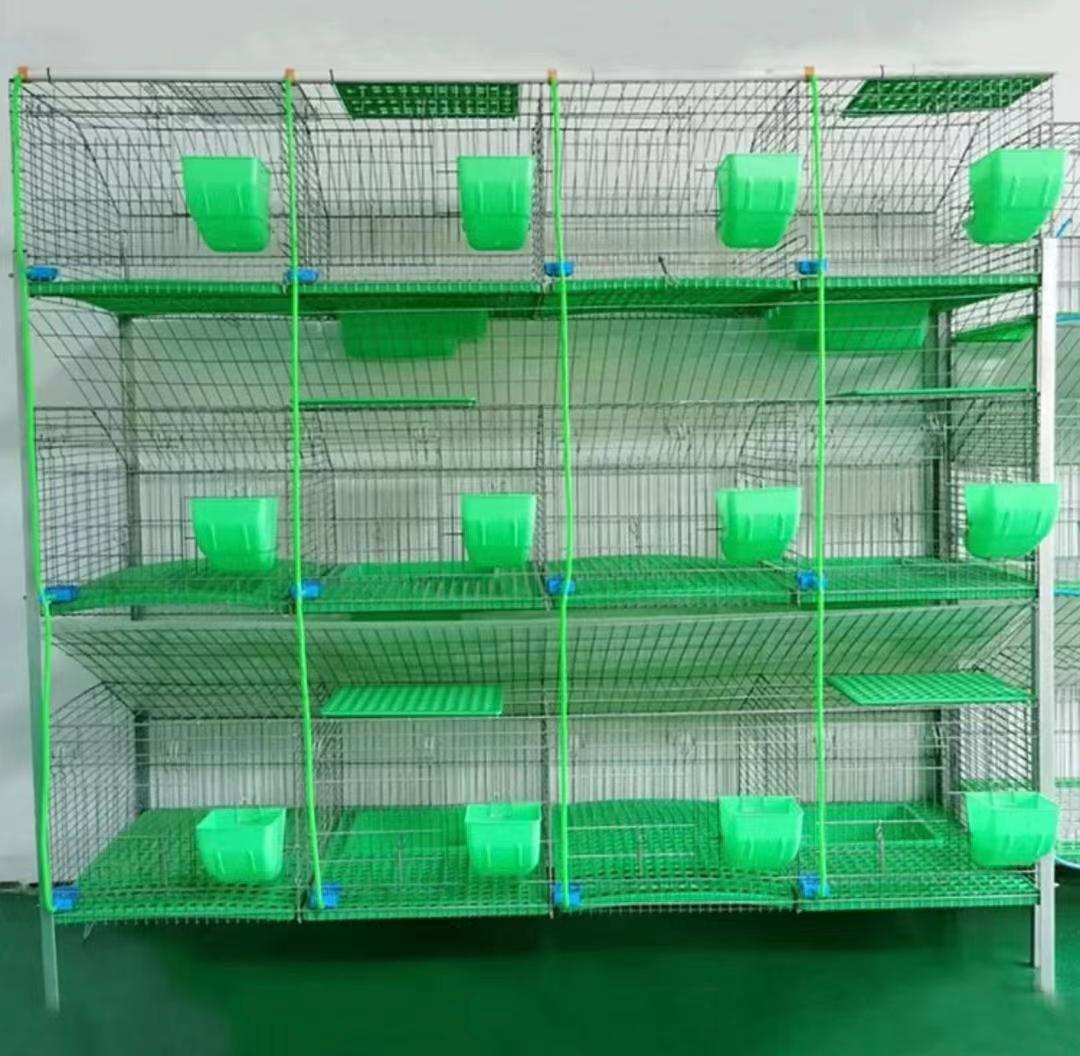Effective Greenhouse Cooling Solutions Using Evaporative Pads for Optimal Plant Growth
Aug . 21, 2024 04:37 Back to list
Effective Greenhouse Cooling Solutions Using Evaporative Pads for Optimal Plant Growth
The Importance of Greenhouse Evaporative Cooling Pads
As the agricultural sector continues to evolve with advancing technology, the need for efficient climate control in greenhouses has become increasingly imperative. One effective solution that has gained popularity is the use of evaporative cooling pads. These innovative systems play a crucial role in maintaining optimal temperatures and humidity levels in greenhouses, ultimately enhancing plant growth and productivity.
How Evaporative Cooling Pads Work
Evaporative cooling is a natural process that relies on the principle of water evaporation. Evaporative cooling pads, commonly made from materials such as cellulose or synthetic fibers, are designed to absorb water. When warm air passes through these damp pads, the water evaporates, absorbing heat in the process. This results in significantly cooler air being introduced into the greenhouse environment.
The effectiveness of evaporative cooling pads is particularly notable in dry climates, where low humidity levels allow for greater evaporation rates. As warm air enters the greenhouse, it is cooled and consequently can support healthier plant development. By incorporating such systems, greenhouse operators can mitigate the potentially detrimental effects of high temperatures on their crops.
Benefits of Utilizing Evaporative Cooling Pads
1. Energy Efficiency One of the most compelling advantages of evaporative cooling pads is their energy efficiency. Unlike traditional air conditioning systems that rely heavily on electricity, evaporative cooling is a low-energy solution. It makes use of water as the primary cooling agent, which not only reduces energy costs but also has a lower environmental impact.
greenhouse evaporative cooling pads

2. Cost-Effectiveness In addition to lower energy consumption, the installation and maintenance costs of evaporative cooling pads are generally more affordable than conventional cooling systems. This makes them an attractive option for small-scale farmers and larger agricultural enterprises alike.
3. Improved Plant Health Maintaining optimal humidity and temperature levels is key to promoting plant health. Evaporative cooling pads help create a stable and conducive environment for plant growth, reducing heat stress and allowing for better photosynthesis. This can lead to higher yields and improved quality of produce.
4. Versatility Evaporative cooling pads can be used in various types of greenhouses, regardless of size or structure. Their design allows for easy integration with existing systems, making them a versatile option for enhancing temperature control.
5. Environmental Benefits By reducing reliance on electricity and fossil fuels, evaporative cooling pads contribute to a more sustainable agricultural practice. Utilizing water, an abundant resource, these systems align well with eco-friendly initiatives aimed at reducing carbon footprints.
Conclusion
In conclusion, greenhouse evaporative cooling pads represent a smart, efficient solution for climate control in horticulture. By harnessing the natural process of evaporation, these pads not only provide significant cooling benefits but also contribute to energy savings and improved plant health. As the quest for sustainable agricultural practices continues, the adoption of evaporative cooling technology is likely to grow, benefiting both growers and the environment. This technology embodies a promising step towards enhancing productivity while minimizing ecological impact, making it an invaluable asset in modern agriculture.
-
Hot Sale 24 & 18 Door Rabbit Cages - Premium Breeding Solutions
NewsJul.25,2025
-
Automatic Feeding Line System Pan Feeder Nipple Drinker - Anping County Yize Metal Products Co., Ltd.
NewsJul.21,2025
-
Automatic Feeding Line System Pan Feeder Nipple Drinker - Anping County Yize Metal Products Co., Ltd.
NewsJul.21,2025
-
Automatic Feeding Line System - Anping Yize | Precision & Nipple
NewsJul.21,2025
-
Automatic Feeding Line System - Anping Yize | Precision & Nipple
NewsJul.21,2025
-
Automatic Feeding Line System-Anping County Yize Metal Products Co., Ltd.|Efficient Feed Distribution&Customized Animal Farming Solutions
NewsJul.21,2025






